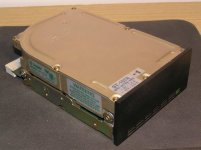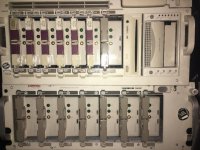musicforlife
Experienced Member
Where these kind of front plates where used? It's too narrow and too tall for 5.25" place but too small for IBM PC/XT.

As a side topic, I was surprised that I couldn't find a single ebay item of these worldwide so I had to order from this place and was very happy:
https://www.pccables.com/products/Hard-Drive-Mounting-Kit-Rails-Bracket-with-Screws.html

As a side topic, I was surprised that I couldn't find a single ebay item of these worldwide so I had to order from this place and was very happy:
https://www.pccables.com/products/Hard-Drive-Mounting-Kit-Rails-Bracket-with-Screws.html
Last edited:


